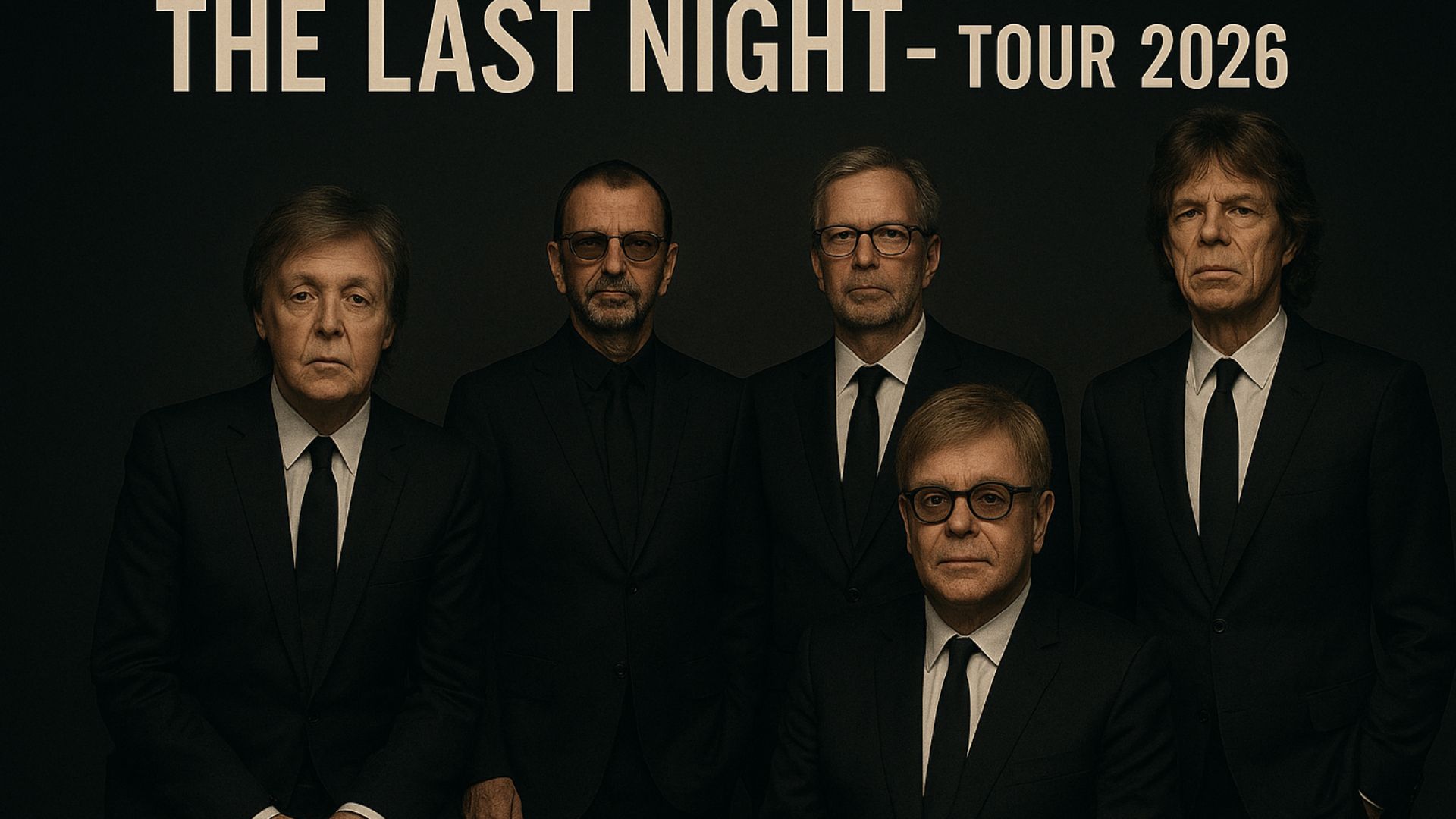
When The Beatles released “Hey Jude” in August 1968, the world was restless — and so were they. The decade that had begun in bright harmony was ending in chaos: political turmoil, personal fractures, and the slow unraveling of the greatest band in history. And yet, out of that uncertainty, Paul McCartney wrote a song that felt like a hand reaching through the noise — a song that didn’t just console one person, but somehow, everyone.

It began with an act of kindness. Paul wrote “Hey Jude” for Julian Lennon, John’s young son, who was struggling to understand his parents’ separation. Originally titled “Hey Jules,” the song was meant as a message of comfort — “take a sad song and make it better.” But as McCartney developed it, the message grew larger. It became about resilience, about self-belief, about turning pain into light. It was personal, but it spoke to the whole world.
The song opens softly, just piano and Paul’s voice — intimate, vulnerable, almost like a lullaby. “Hey Jude, don’t make it bad. Take a sad song and make it better…” Those words, simple as they are, carry a kind of timeless wisdom. McCartney’s voice doesn’t plead; it reassures. It’s the sound of someone who’s been through the ache and come out the other side.
As the verses unfold, “Hey Jude” transforms. The melody swells, guitars and orchestra join in, and what begins as a quiet comfort turns into a communal prayer. The final four minutes — the legendary “na-na-na” coda — are pure transcendence. It’s no longer Paul singing to someone; it’s all of us singing with him. Those wordless syllables say what language can’t: that healing isn’t about understanding — it’s about feeling. It’s about being together in the noise and finding harmony anyway.
Behind the song’s beauty, though, lies the story of a band at the brink. In the studio, tensions were high — John and Yoko’s relationship had changed the group’s chemistry, and creative differences were mounting. Yet in that moment, with George Martin conducting the 36-piece orchestra and the band playing beneath him, something miraculous happened. The music rose above the conflict. What they created that night wasn’t just a recording — it was reconciliation through sound.
John Lennon later called “Hey Jude” “one of Paul’s masterpieces,” and even he — ever the skeptic — recognized its soul. “It’s a damn good set of lyrics,” he said, “but it’s Paul’s song to himself too.” And maybe it was. Maybe McCartney was speaking not only to Julian, but to everyone trying to make sense of love, loss, and life itself.
Decades later, “Hey Jude” still feels alive — sung at concerts, in stadiums, at vigils, and in living rooms when words fail. It’s become more than music; it’s an act of unity. There’s comfort in its simplicity, strength in its repetition, and truth in its endurance.
Because “Hey Jude” isn’t just a song — it’s a reminder that sadness can be transformed, that broken things can still be mended, and that one voice — steady, compassionate, and brave — can turn despair into light.
And when the final chorus fades, you can almost hear what McCartney meant all along:
that even in the darkest moments, we’re never really alone —
not as long as someone, somewhere, is still singing “na-na-na.”